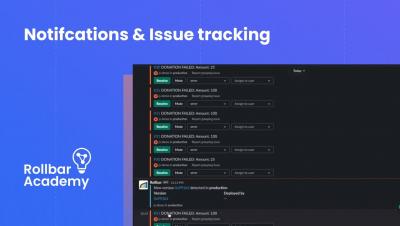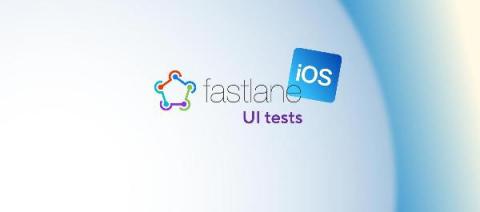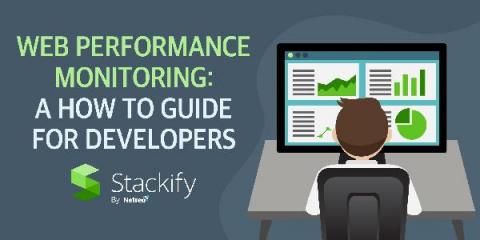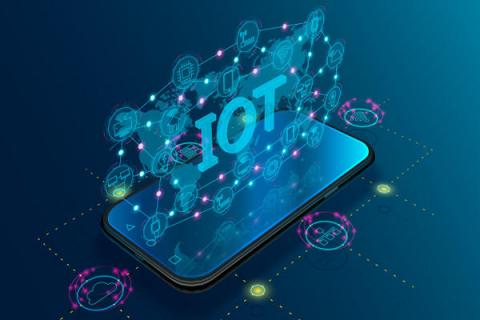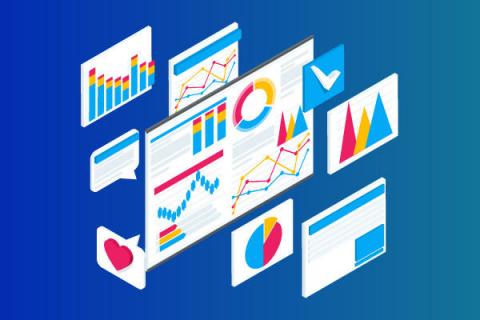Systems | Development | Analytics | API | Testing
Development
Hands-on tips for decreasing the duration of iOS UI tests via fastlane and Bitrise
Mobile test automation is a vital part of the Mobile DevOps cycle. Without it, we can’t deliver mobile apps to our customers. This article will explain how a fastlane plugin for parallelizing iOS UI tests can make your life easier.
What is SDLC? An Intro to the Software Development Lifecycle
SDLC is one of the age-old terms in the software industry. SDLC stands for Software Development Lifecycle and is a methodology that defines various strategies and steps for building high-quality software most efficiently. SDLC is undoubtedly an integral part of most organizations’ development routines.
The Top 21 Kibana Dashboards & Visualisations
In this guide to the best Kibana dashboards examples around, we wanted to show you some of the most ingenious ways to use Kibana within your organisation to explore a wide range of ways that data and metrics can be centralised from every corner of your organisation.
Top 7 IoT Tools & Platforms for App Development
The connected reality of gadgets presented by the Internet of Things (IoT) can no longer be considered as just a buzz as it has already transformed our living to a great extent. The connected things made our homes, workplaces, and transportation smarter. No wonder IoT apps are now one of the most popular app categories. As the latest statistics reveal, the global market share of IoT apps is expected to touch a whopping 520 billion USD by the end of 2021.
Web Performance Monitoring: A How to Guide for Developers
As developers, we would rather be writing code all day than doing anything else. Especially meetings or fighting production problems. Unfortunately, both are part of the job. All developers need to understand the basics of web performance monitoring. It won’t help you get out of meetings, but it will help prevent production fires and put them out faster. Although, I guess it might also help you avoid meetings about production problems.
Android CI/CD with fastlane, Firebase App Distribution, and Bitrise
In this step-by-step guide, we will show you how to publish and distribute Android apps quickly and easily using fastlane, Firebase App Distribution, and Bitrise.
The Definitive Guide To Kubernetes Application Debugging
Often hailed as a game-changer, Kubernetes has altered the way that organizations deploy and manage their software, making the job of handling larger and more complex workloads easier. Yet, with its advantages of velocity and scale come new challenges, particularly in how developers approach debugging their code. The highly distributed nature of Kubernetes that makes it so effective for handling cloud-native software means that the traditional approaches to debugging are no longer applicable.
How to Visualize & Accelerate Digital Twins IoT Development
The Internet of Things (IoT) is changing the way we physically and digitally interact in the world. With the global IoT market projected to reach nearly $2 trillion by 2028, developers are looking for ways to take advantage of the increasing demand and gain a cutting edge. For many teams, IoT development combined with using digital twins for verification allows them to make better decisions during development and visually market their devices after launch. How?
Performing Accurate Impact Analysis in Helix ALM
Changes to your requirements have consequences. To make informed decisions with your product, leaders must consider all of the potential implications. The best way to do this is by performing a detailed impact analysis whenever a requirements change is requested.


